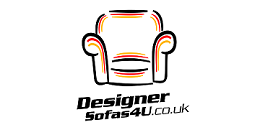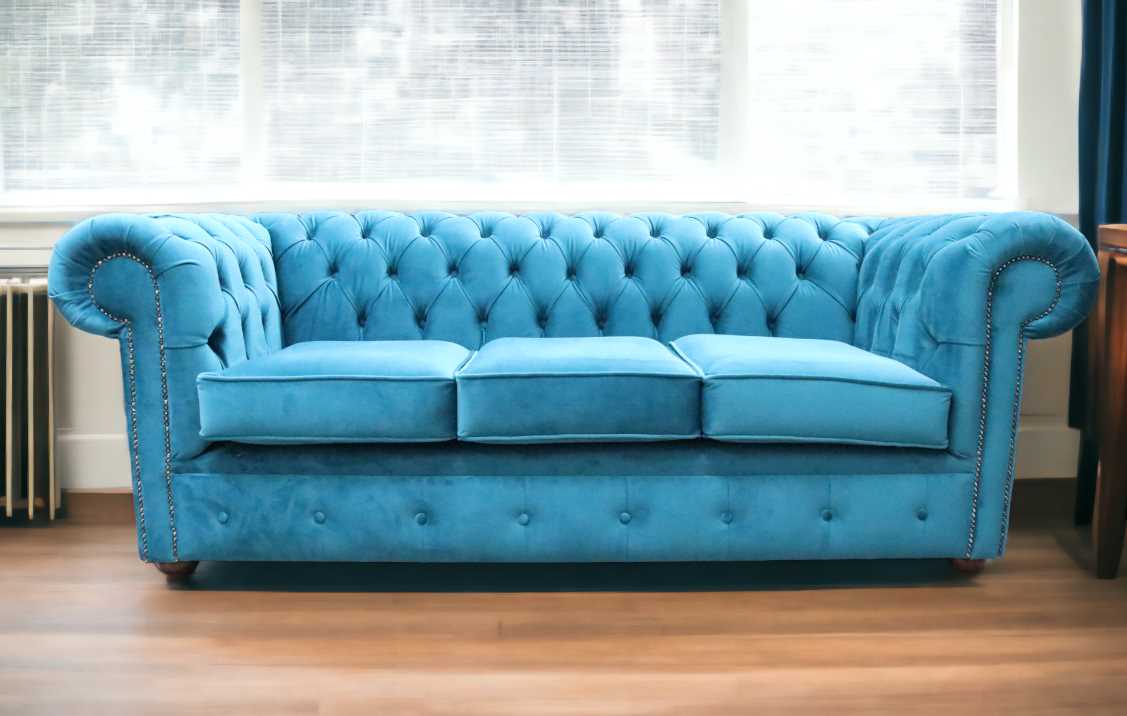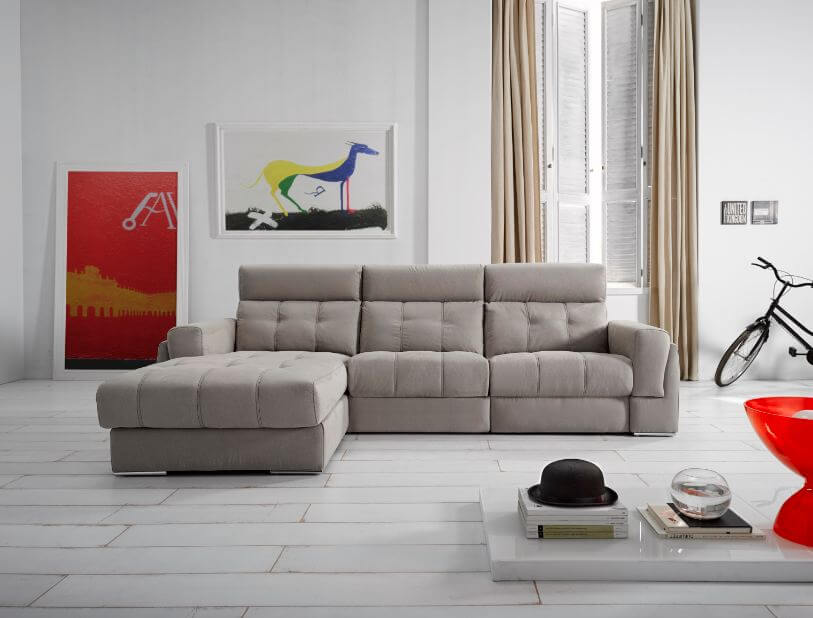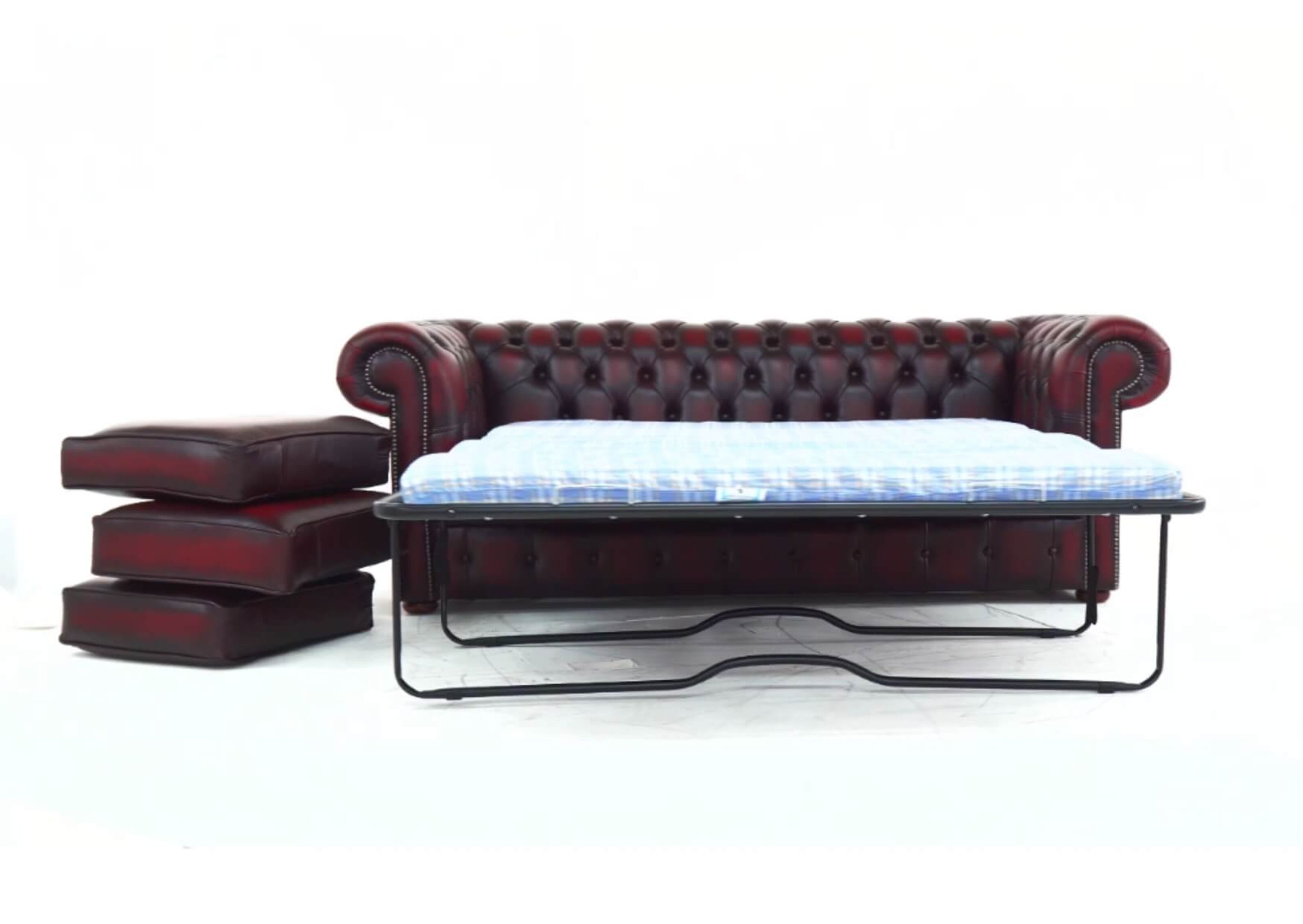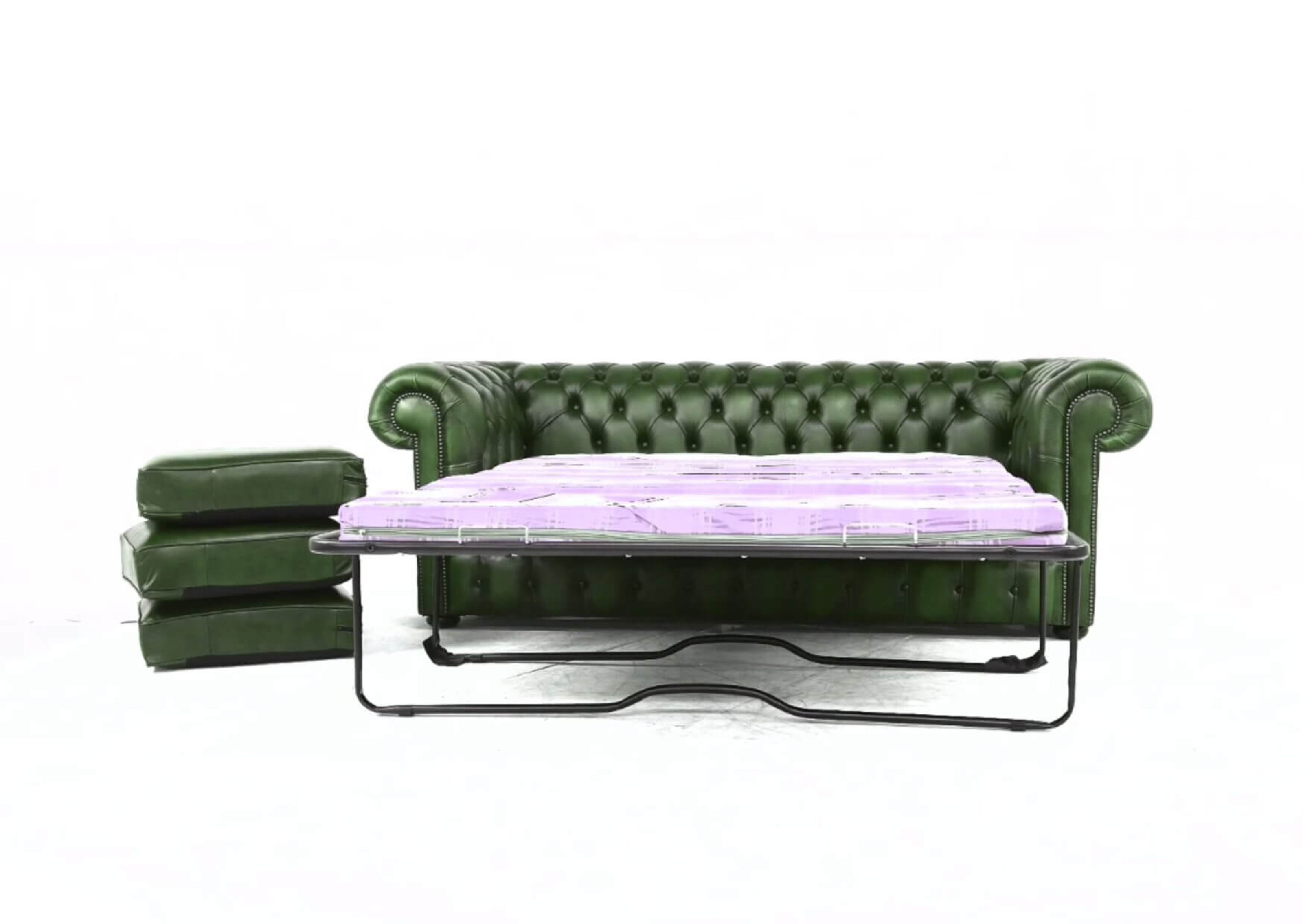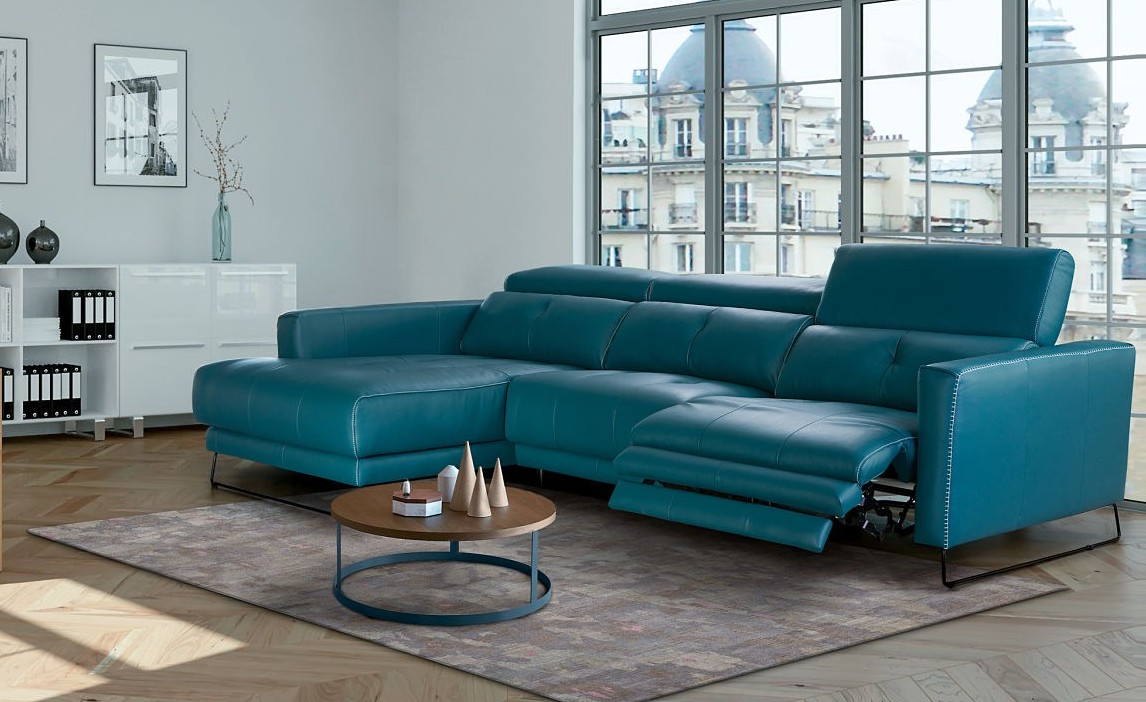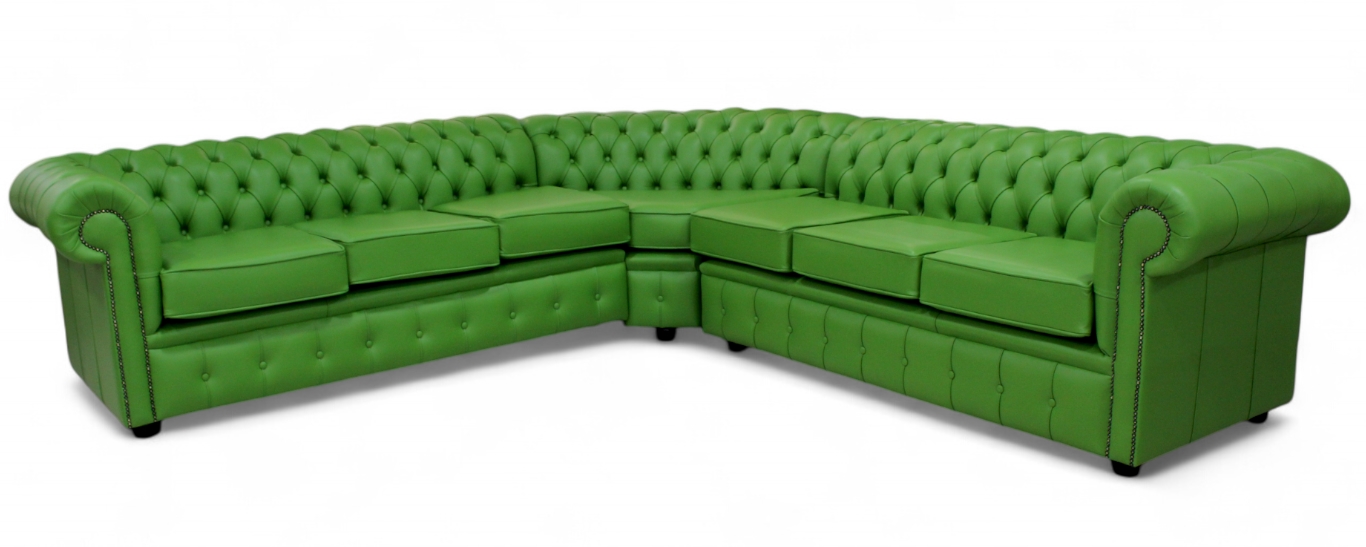Everything You Need to Know About Leather for Chesterfield Sofas
When choosing a velvet Chesterfield sofa or a leather alternative, it’s essential to understand the types of materials available. In this guide, we’ll answer frequently asked questions about leather upholstery and help you make an informed decision for your home.
What is Leather and How is it Made?
Leather is a natural material derived from the tanning of animal hides. It offers durability, warmth, and a unique character, with each hide displaying individual marks such as growth lines and variations in texture. These characteristics enhance the authenticity and aesthetic appeal of leather furniture, making every piece truly one-of-a-kind.
How is Upholstery Leather Created?
The process of crafting upholstery leather involves several key stages:
- Preservation: After the hide is sourced, it is salted to preserve its quality.
- Hair Removal: The hide is treated with chemicals to remove hair follicles and increase thickness to about 8mm.
- Splitting: The leather is split into two layers. The upper layer, known for its natural grain, is used for upholstery.
- Tanning: The upper layer is tanned with chromium chemicals, resulting in a soft yet durable material ready for furniture applications.
This process transforms the raw hide into high-quality leather upholstery suitable for Chesterfield sofas and other furniture.
What are the Types of Leather Used for Chesterfield Sofas?
There are three primary types of leather used in Chesterfield sofa upholstery:
- Pigmented Leather: Known for its durability and uniform appearance, pigmented leather is coated with a polymer that includes pigments. This layer enhances the leather’s resistance to scuffs, stains, and fading, making it an excellent choice for high-traffic areas.
- Features:
- Consistent surface texture
- Durable and resistant to damage
- Available in a variety of finishes (embossed, printed, or plain)
- Features:
- Aniline Leather: For those who appreciate a natural look, aniline leather retains the hide’s original characteristics, with only a dye applied for coloring. This type of leather shows off natural imperfections and offers a soft, supple feel.
- Features:
- Authentic appearance with visible marks
- Soft and luxurious texture
- Requires more care and is susceptible to spills and sunlight exposure
- Features:
- Semi-Aniline Leather: A balance between the natural look of aniline leather and the durability of pigmented leather. Semi-aniline leather has a light protective coating that enhances its resistance to wear while maintaining much of the natural beauty.
- Features:
- Improved durability compared to full aniline
- Retains a natural appearance with minimal imperfections
- More even color with moderate protection from spills and sunlight
- Features:
Which Leather is Best for a Chesterfield Sofa?
Choosing the right leather depends on your lifestyle and aesthetic preferences:
- For High Durability: Pigmented leather is ideal for households with children or pets, as it is highly resistant to stains, scuffs, and fading.
- For Natural Beauty: If you prefer an authentic, natural look and don’t mind giving extra care, aniline leather offers unmatched luxury and character.
- For a Balance of Both: Semi-aniline leather provides a middle ground, combining natural aesthetics with improved durability.
Leather Grading: Is Expensive Leather Always Better?
It’s important to understand that leather quality is not solely determined by price or grading systems used by some retailers. While more expensive hides may be marketed as superior, this is often due to the finishing techniques used rather than the raw material itself. Chesterfield Sofa Focus on how the leather is finished and what suits your needs rather than relying solely on a retailer’s grading system.
